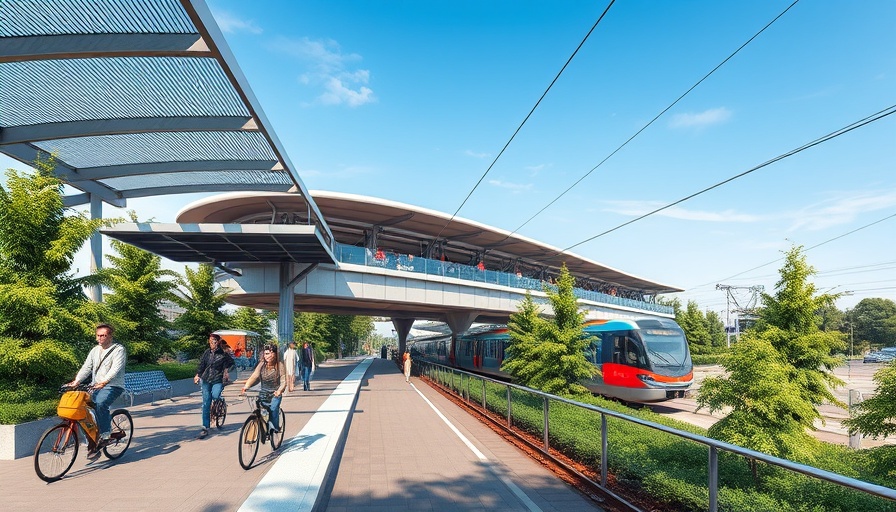
Inglewood's Transit Future: A Shift in Priorities
The recent decision by the Inglewood City Council to mothball the ambitious $2.4 billion people mover project marks a significant pivot in local transportation planning, particularly with the 2028 Olympics on the horizon. Originally envisioned as an automated, elevated transit system, the current phase emphasizes practical solutions, focusing largely on bus and bike lanes.
Community Concerns Shape New Transportation Strategies
Community sentiment played a pivotal role in reshaping this initiative. Much of the opposition stemmed from local business owners, including stakeholders tied to the Los Angeles Rams and Clippers, and concerns voiced by Rep. Maxine Waters. This pushback highlights the critical need for alignment between large-scale infrastructure projects and local economic interests, shedding light on the community's demand for solutions that benefit both residents and businesses.
Strategic Planning for Economic Viability
Steering away from the original high-cost plan, the city has embraced a phased approach to enhance local transit. As Mayor James T. Butts noted, it’s essential to consider what matters most to those living and working in Inglewood. By prioritizing immediate, cost-effective improvements, the city aims to bolster its reputation and operational efficiency while preparing for international scrutiny during the Olympics.
Financial Implications of Revised Transit Plans
The revised strategy incorporates a newly approved $34 million contract aimed at implementing these improvements. For city executives and business leaders, the focus must now shift to maximizing utility from this investment while minimizing any potential disruptions that could arise from operational changes. The swift integration of dedicated bus lanes and biking infrastructure can offer immediate benefits without delving into the complexities of large-scale, high-cost structures.
Understanding the Broader Impact on Infrastructure Development
The Inglewood project underlines significant trends in construction management finance, where stakeholders are increasingly favoring adaptable, cost-efficient models over grand, ambitious designs. These decisions will set precedents for future urban transportation projects across the United States, especially in areas where community engagement and stakeholder interests must be balanced against ambitious transportation visions.
The Inglewood people mover's temporary suspension offers key insights for business owners, property developers, and facility managers. The collaboration between local government and the private sector to prioritize immediate transit solutions may serve as a model in resource allocation and community-focused planning going forward, ensuring that projects are both financially viable and broadly beneficial.
 Add Row
Add Row  Add
Add 




 Add Row
Add Row  Add
Add 

Write A Comment